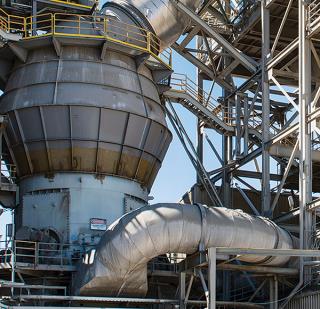
Small upgrades, big impact
Recommendations from FLSmidth’s specialists across the flow sheet demonstrate the role of upgrade...

As part of its decarbonisation drive, Votorantim Cimentos has several initiatives in place. Key strategies include the use of cementitious materials and co-processing of alternative raw materials (ARMs). Álvaro Lorenz, the company’s global director of sustainability, institutional relations, product development and engineering, explains their importance. by Álvaro Lorenz, Votorantim Cimentos, Brazil

GBP£220 / USD$315 / EUR€260 annually
Our editors pick the top news delivered to your inbox. Sign-up today!